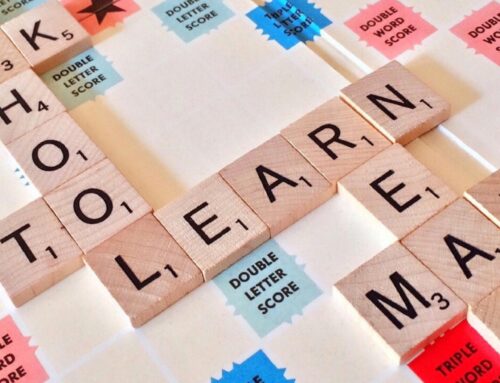This is the fifth part in our 6-part series on the basics of homeschool transcripts. Read part 1, part 2, part 3, and part 4.
Aside from the actual content of your transcript—the record of success for your student—there is no more important goal than making the final product look professional.
Think of the transcript as the equivalent of a resume. It’s critical that spelling, punctuation, and formatting be correct. Beyond these basics, ensuring an overall professional appearance is a must.
Improving your transcript’s appeal is actually very easy, especially compared to all the hard work you’ve put into the transcript’s core elements. And the return on investment is huge.
A few minutes spent making your transcript look better can mean your student’s acceptance into the school of his or her choice. Here are a few tips for creating the right aesthetics for your transcript:
1. Ensure your subjects and courses use a consistent naming system
For example, don’t use “Math” as the subject for a freshman algebra course and then use “Mathematics” as the subject for a senior trigonometry course. Avoid long, overly descriptive course names. The course name should be short and to the point. For example, “English Composition III” is a much better choice than “European Middle Ages Literature Appreciation & Composition.”
2. Print the transcript on card stock or heavy paper
There is a big difference between holding a transcript printed on regular, everyday printer paper versus one printed on card stock. Using quality paper helps your transcript stand out from the crowd and be more memorable.
3. Ensure the transcript contains full demographic information for your student
You’ll definitely want to include your student’s full name (including middle name or initial), gender, date of birth, place of birth, phone number, and home address. You should also consider including a Social Security number, though this isn’t always required (check each individual school’s requirements). Graduation date is a must. While your class rank is nice to see, it’s optional. Naturally, all of this information should be double checked for accuracy.
Wrapping up
Once finished, let a veteran homeschooler take a look at the transcript, especially if you opted to build it from scratch. They may suggest additional information you can provide, or notice extra data that doesn’t need to be included.
Follow these three steps and you’ll have a transcript that isn’t just academically impressive, but aesthetically pleasing too.
Remember, your high school transcript will continue to change and grow. Don’t be afraid to tinker with it. Nothing is final until you submit it to a school. Even after that, you can learn from your mistakes and revise it for the future.








Leave A Comment